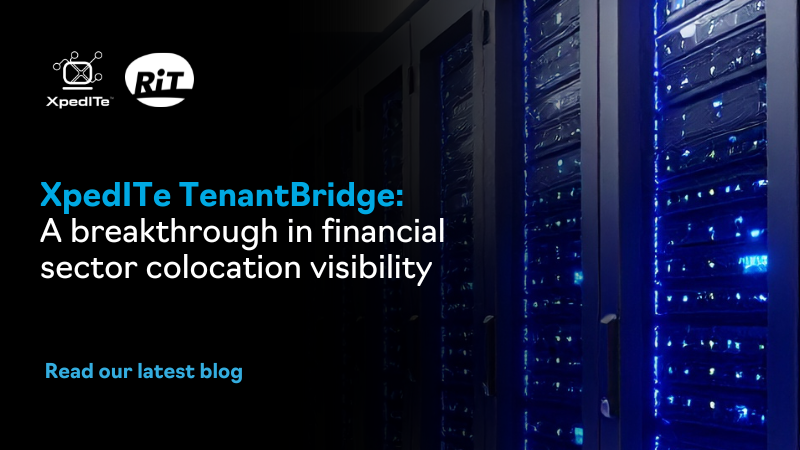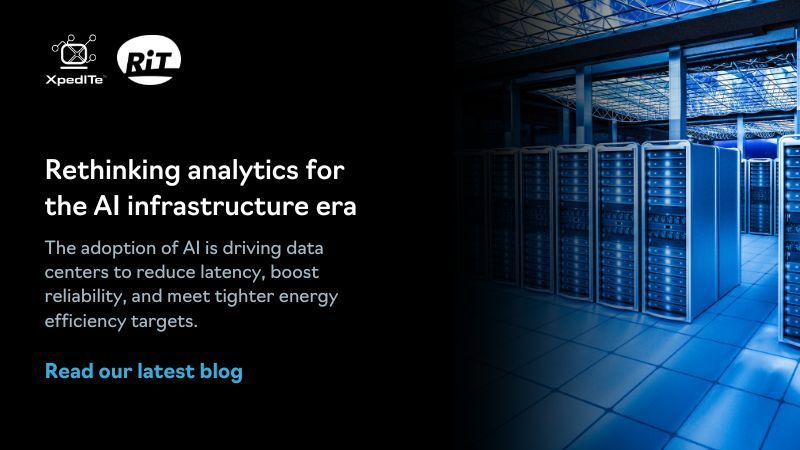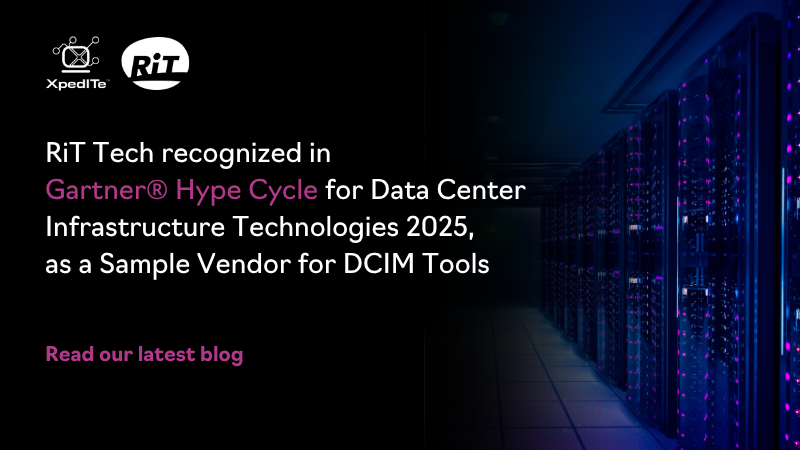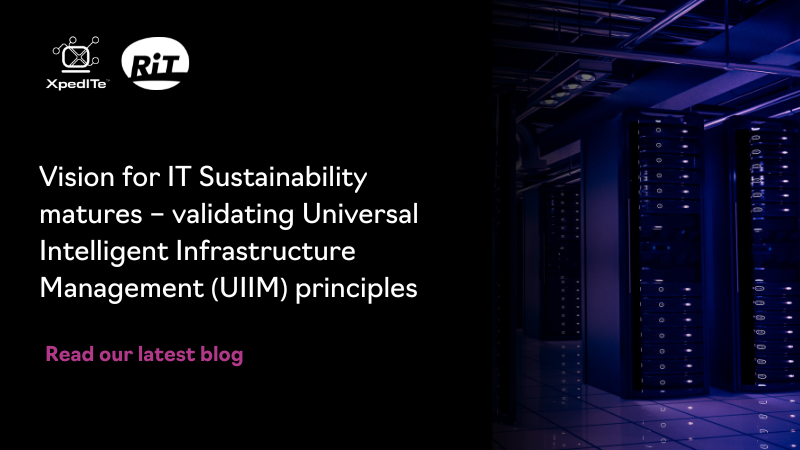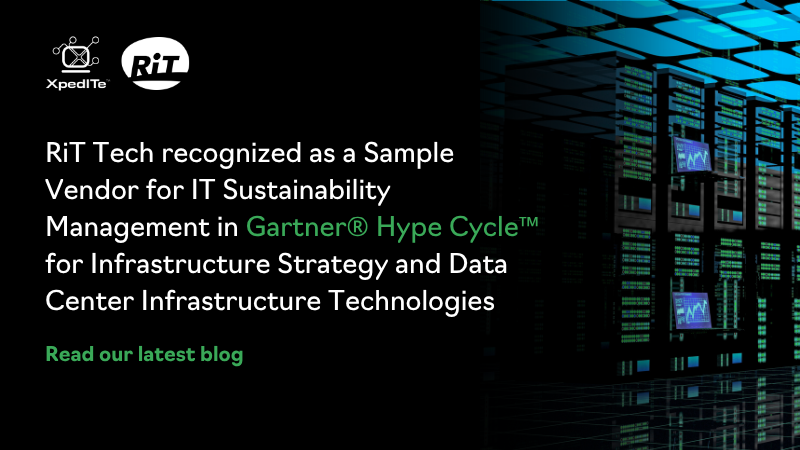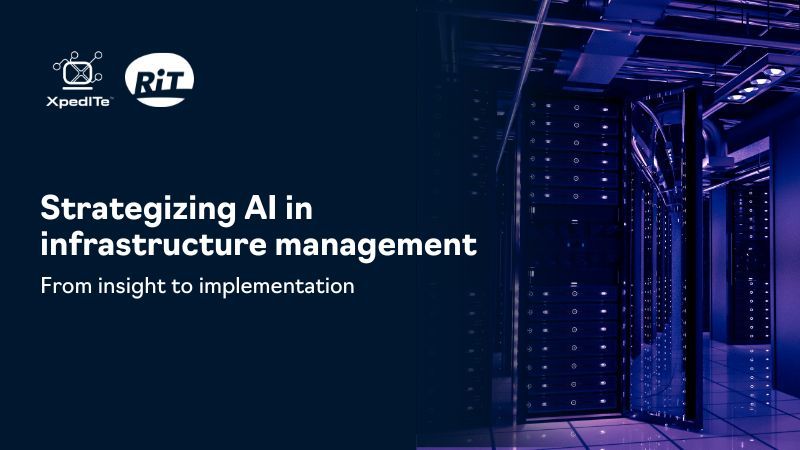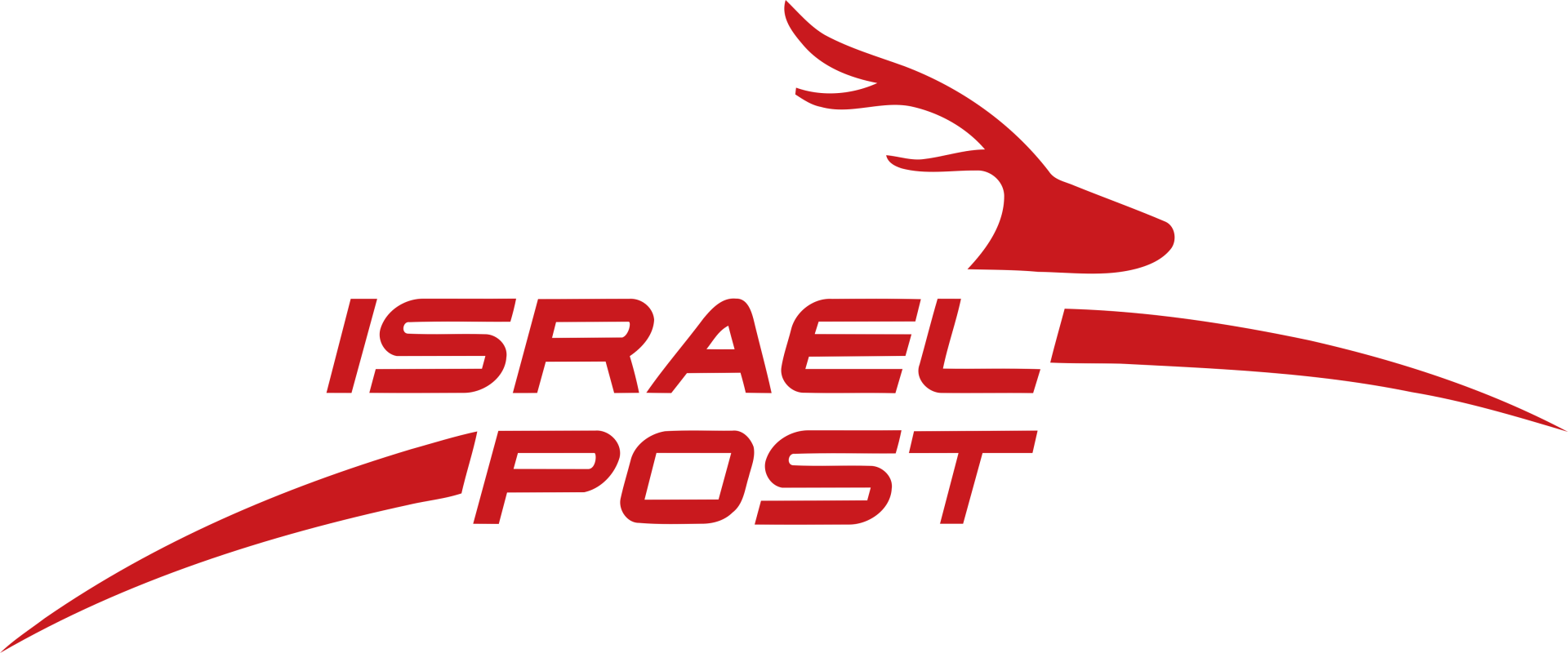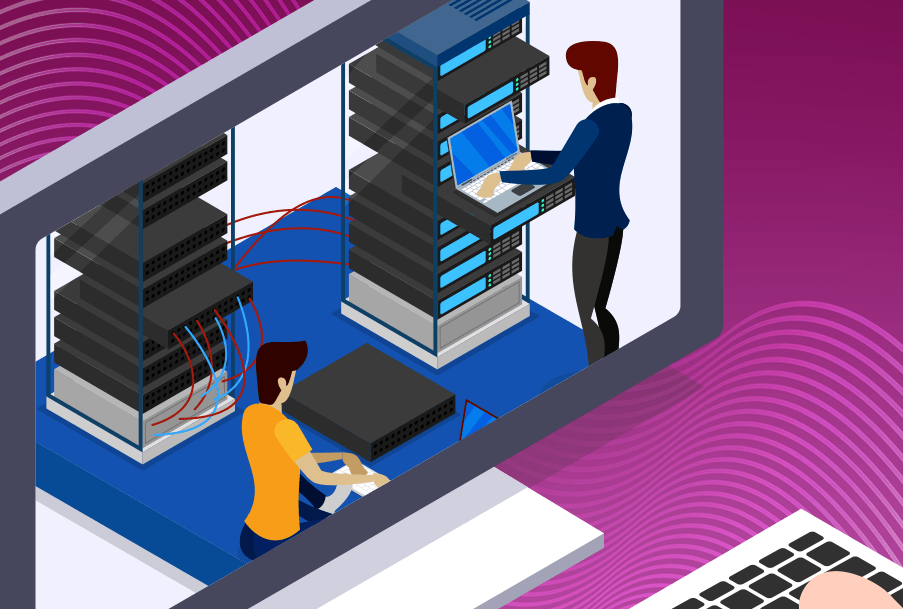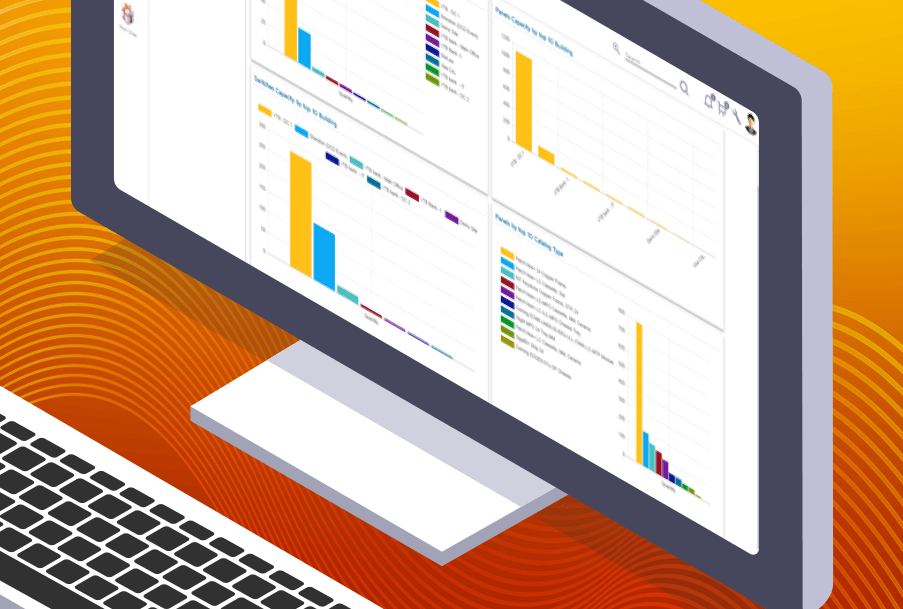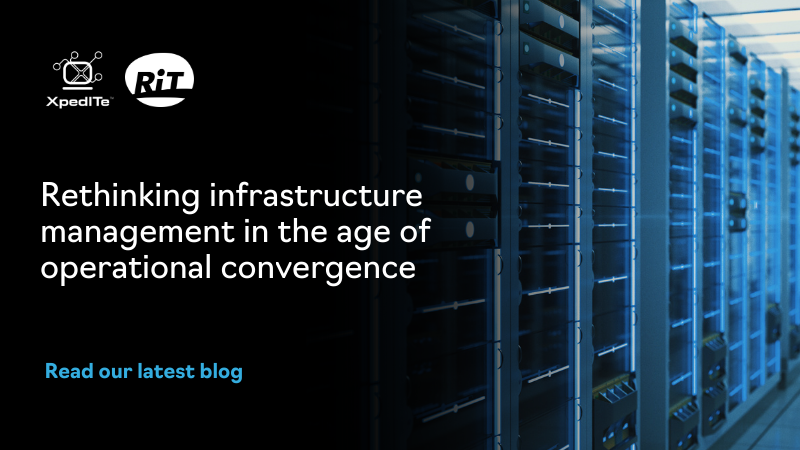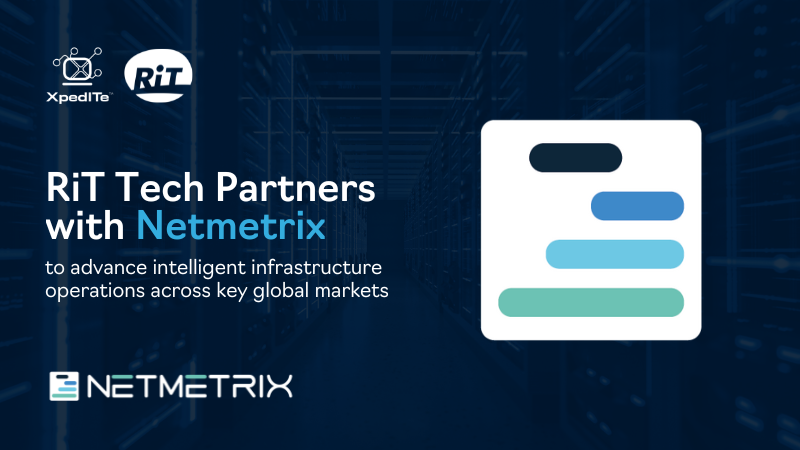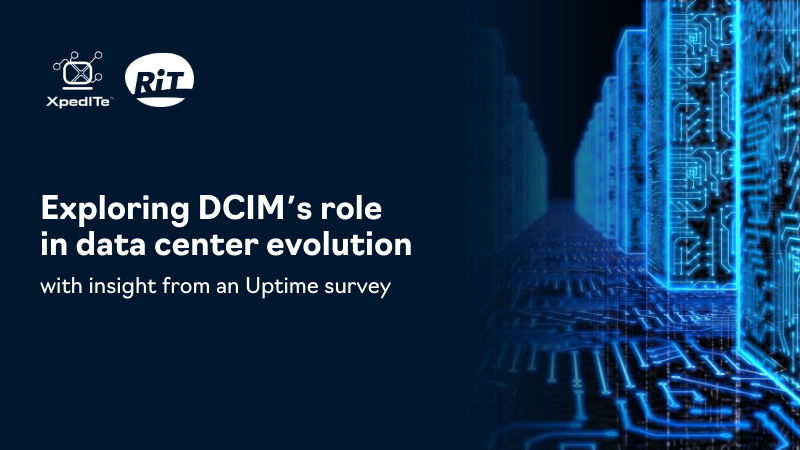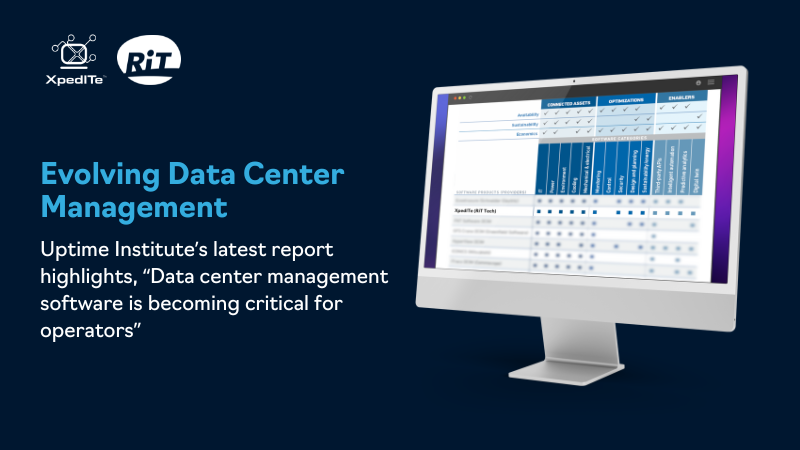ISRAEL
POST OFFICE
From everyone, to everyone, everywhere, everyday, and at an equal price to all!
"One of the main challenges faced by RiT Tech and the team was to find an alternative to a traditional BMS. Their innovative approach to infrastructure management will result in a far superior solution!"
- CTO, Israel Post Office
Client: Israel Post
Industry: Postal Service - Central Government
Location: Modi'in, Israel
Scale: 5000 Employees; 700 Post Office Branches; 1 x Data Center / 70 x Cabinets.
An important client and part of Israel’s critical national infrastructure, the Israel postal company is government owned and has the largest deployment of service units throughout Israel.
Israel Post employs circa 5000 employees. There are 700 post office branches and sorts around 2.5m postal items every day.
One of the many challenges faced by government agencies is budget and this project was no different. Our client was looking for one infrastructure management solution that did not require purchasing of multiple and expensive software platforms to manage the efficient operations of 70 dedicated cabinets.
Our Client's Challenge
Our client was looking for one system to support all of its infrastructure and operations needs at its new data hall in Modi’in, Israel.
The brief was to find an alternative to a traditional BMS monitoring system and go beyond the basic limitations many systems like this can bring.
Our role was to provide one federated platform that could monitor every electro-mechanical device from generators to CRACS and UPSs, and at the same time provide an asset management, provisioning and work order management tool.
"A demonstrable reduction in man-hours consumed across a range of tasks"
Our XpedITe Solution
As XpedITe is not a BMS vendor, our strategy was to integrate each electro-mechanical device directly into our platform, so that we could accurately monitor all physical assets.
We had three priorities to address:
- Build a data cener data model and platform that contained every single device and asset, so that the operational management of the entire facility could be orchestrated perfectly.
- Provide an enhanced BMS that could do more than merely monitoring of devices and take it to the next level, where our customer can have access to critical management information for strategic decision making.
- Improve internal processes for managing and instructing work orders - Installations, Moves, Adds and Changes (IMACs), which in turn will reduce labor overheads and limit human error.
The unique opportunity for us and for our client will be a new suite of generic integration protocols that can be applied to any other data center site within our customer’s estate.
Integration:
An enhanced BMS focused on specific data center requirements that could do more than merely monitoring of devices and take it to the next level to provide critical management information.
Asset Management:
A data center software platform that contains every single device and asset, so that the operational management of the entire facility can be orchestrated perfectly.
Accurate and reliable data for all physical infrastructure elements
What our client values about XpedITe
One of the main challenges faced by RiT Tech and the team was to find an alternative to a traditional BMS – their innovative integrated approach to infrastructure management has resulted in a far superior data center specific solution that cannot be achieved using a traditional BMS alone.
This fully integrated approach ensures that every device and device vendor could be integrated into the system quickly with minimal effort and resource overhead. Their Research & Development team have adapted their product to provide additional integration capabilities to suit our specific needs. This results in:
- Accurate and reliable data for all physical infrastructure elements
- Real time visibility of both building management and infrastructure management information from all installed devices
- Asset deployment automation and management with detailed reporting, which reduces human intervention and resource overhead
- A demonstrable reduction in man-hours consumed across a range of tasks
News & Events
